QuestionQUESTION: Shyloh is a 50 lb, 4 year old ?lab mix who seems to mimic some of my actions. She opens doors (not cabinets or main doors) and storm doors, fridge door, crates (from inside and outside), microwave, etc. Most of the time I find her antics amusing. She is not destructive. She is afraid of men and I've had a difficult time with housebreaking. She has "met" my women neighbors and kids on her own terms when I'm with her but not the men. My house is Shyloh-proof. I adopted her as a stray when was about 4 months old from the animal hospital where I worked. She was malnourished, flea and tick ridden, afraid of people, etc. Among others (male and female), I helped nurse her back to health. She was spayed when she about 6 months old. I have several cats and 5 other dogs in the household. They have their pack interaction (she usually initiates play and submits to the Alpha). All pets get lots of individual attention since I only work part-time. She runs like a deer and can jump a 4 ft fence like she's jumping over a log. She won't play with Kong-like toys and prefers soft squeaker toys made from fleece material. To get her used to men, I have tried having her go up to different men (neighbors)on her own while on a leash with me by her. The neighbor doesn't say a word, move or make eye contact; with him holding a treat; and calling her to him. I have taken her to pet stores and other public places but she acts like she can't wait to leave. Shyloh is obedience trained, goes for rides, loves the vet (even the male vet), and is good while boarding. As far as housebreaking, I have followed the puppy housebreaking rules. My friends, her vet, and I have run out of ideas. I have not shown any frustration with her and praise her a lot. How do I keep her mentally stimulated and correct her other behaviors?
ANSWER: Thank you for giving her a second chance. Undoing problems due to poor early socialization takes time and work and may never be completely successful. Keep up what you are doing and give her time. Try to control your emotions. If you tense up around men in fear of her reaction, it will just add to her problem. Be as happy, positive, and friendly as you can without creating problems for you.
As for housebreaking, you will see I have some different ideas. You can use the same techniques on oldrer dogs as puppies. Biggest difference is the longer time after eating or drinking before they are ready to relieve themselves. If a dog has been living where it could keep its living space clean, it should quickly catch on. The important part will be teaching it that if it goes to the door, you will let it out. It will be much more difficult if the dog was forced to live in its filth. You will need to learn to read the dog and learn its schedule, and when it needs to go out. Keep it in sight, closing doors and setting up gates. Some people even leash the dog to themselves. I have used a tie down at my computer desk.
Housebreaking starts before you get home with the new puppy. If you don't have a crate, buy one. I prefer the more enclosed, den like plastic ones. Skip the bedding. At first it gets wet, and later it can be chewed into choking hazards. A wire grid in the bottom will help keep the puppy up out of accidents at first. They are available with the crates, but expensive and hard to find. A piece of closely spaced wire closet shelving from a home supply place is cheaper. I am now using a plastic vegetable bin with plenty of holes drilled in the bottom. It helps block off part of the crate for the smaller puppy. If you already have a metal crate, covering it may help. Just make sure you use something the puppy can't pull in and chew. Dogs that start out in crates as little puppies, accept them very well. Never leave an unattended puppy loose in the house. If nobody can watch it, put it in the crate. I suggest letting the dog have its crate all its life. A crate needs to be just big enough for a dog to stretch out in.
Choose a command and spot you want it to use. The less accessible to strays, the less chance of serious disease. If it is a female, choosing a non grassy spot will avoid brown spots later. When you bring it home, take it to the spot and give it the command in a firm, but friendly voice. Keep repeating the command and let the puppy sniff around. Sometimes you need to walk it around to stimulate its body to eliminate. If it does anything, praise it. Really let it know what a good dog it is and how much you love it, and maybe a treat. Note, being out there not only means you can praise it, but it also keeps it from being snatched by a hawk. If it doesn't go, take it inside and give it a drink and any meals scheduled. A young puppy will need to go out immediately afterward. Go to the spot and follow the above routine. Praising it if it goes is extremely important. If it doesn't go, walk it around. They can only walk and hold it so long. If still nothing, take it back inside and put it in its crate and try again soon. Do not let it loose in the house until it does go.
At first it is your responsibility to know and take the puppy out when it needs to go. It needs to go out the first thing in the morning, after eating, drinking, and sleeping. If it quits playing, and starts running around sniffing, it is looking for a place to go. Take it out quickly. You will just have to be what I call puppy broke until it is a little older. How successful you are depends on how attentive you are.
By the time most dogs are about 3 months old, they have figured out that if they go to the door and stand, you will let them out. The praise slowly shifts to going to the door. Some people hang a bell there for the dog to paw. If your dog doesn't figure this out, try praising it and taking it out if it even gets near the door. When you catch it in the act, give it a sharp ''Ah, ah, ah!'' and take it out. Clean up accidents promptly. I mostly keep the little puppies out of the carpeted rooms. Still I need the can of carpet foam sometimes. First blot up all the urine you can with a dry towel. Keep moving it and stepping on it until a fresh area stays dry. A couple big putty knives work well on bowel movements. Just slide one under it while holding it with the other. This gets it up with a minimum of pushing it down into the carpet. This works with even relatively soft ones, vomit, dirt from over turned house plants, or anything else from solids to thick liquids. Finish up with a good shot of carpet foam. Note, do not let the puppy lick up the carpet foam. Once the dog is reliably housebroken, your carpet may need a good steam cleaning.
Many people strongly strongly push cleaning up all evidence of past accidents. I am slower to suggest that. Dogs will return to the same spot if they can find it. When you see one sniffing the spot, that is your clue to run it out.
You can use the same techniques on oldred dogs as puppies. Biggest difference is the longer time after eating or drinking before they are ready to relieve themselves. If a dog has been living where it could keep its living space clean, it should quickly catch on. The important part will be teaching it that if it goes to the door, you will let it out. It will be much more difficult if the dog was forced to live in its filth. You will need to learn to read the dog and learn its schedule, and when it needs to go out. Keep it in sight, closing doors and setting up gates. Some people even leash the dog to themselves. I have used a tie down at my computer desk.
---------- FOLLOW-UP ----------
QUESTION: Shyloh is a 4 year old spayed female. She has learned to mimic some of my actios such as opening her crate door from inside and outside. She will then open her "brothers'"
crates. She can also open the deadbolt and storm door but not the door handle. Shyloh can open the fridge, microwave, etc. She doesn't do these things all of the time and she is not destructive. I find her antics amusing as she doesn't do anything hazardous. My house is Shyloh-proof meaning she can't get into anthing harmful
I have 5 other dogs of different size and age. They have their pack interaction and individual attention. Shyloh usually initiates play and submits to the Alpha. I am the human Alpha. She doesn't like kong-like toys or balls but prefers soft squeaker toys made from fleece material. She plays with her "puppies" alone or gets myself or her pack mates to play with her. She gets lots of exercise. I am 56 years old, have been around animals all of my life in addition to working as a veterinary technician for over 13 years. Shyloh is an enigma to me. How do I keep her mentally stimulated so she doesn't get bored? She is obedience trained and I ask her to do different commands so she doesn't anticipate what I will ask of her next. I appreciate your comments or suggestions. By the way, Shyloh can jump a 4 ft fence like she's jumping over a log and can run like a deer. I have things outside for her to exercise on.
AnswerHave you tried the treat balls or Buster Cube? You put kibble in them and the dog must roll it around to get a treat to fall out once in a while. They will keep some dogs challenged for a while.
Some dogs are more difficult and require more time than others.

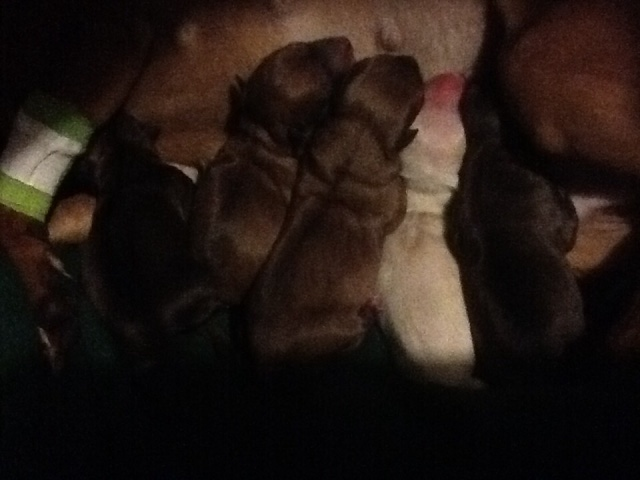 Temperature before birth
QuestionQUESTION: My female cheweenie is on day 52 of h
Temperature before birth
QuestionQUESTION: My female cheweenie is on day 52 of h
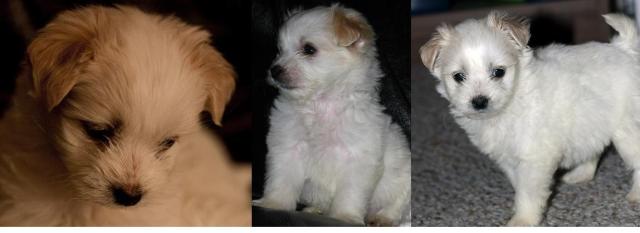 maltese with brown ears
Question
maltese
we bought a dog and owner said its pur
maltese with brown ears
Question
maltese
we bought a dog and owner said its pur
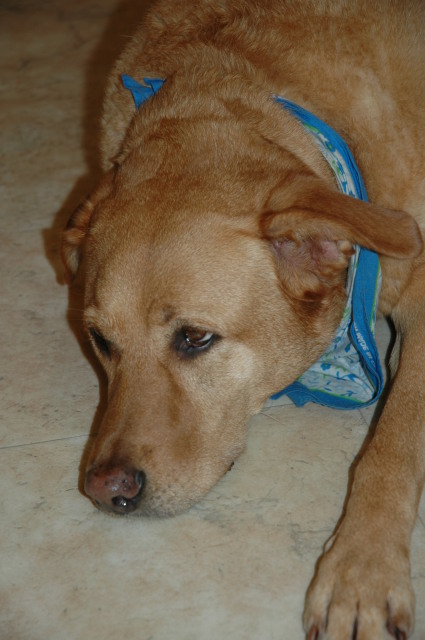 Senior dog not eating
Question
Meggie Girl
I will be so grateful if you can h
Senior dog not eating
Question
Meggie Girl
I will be so grateful if you can h
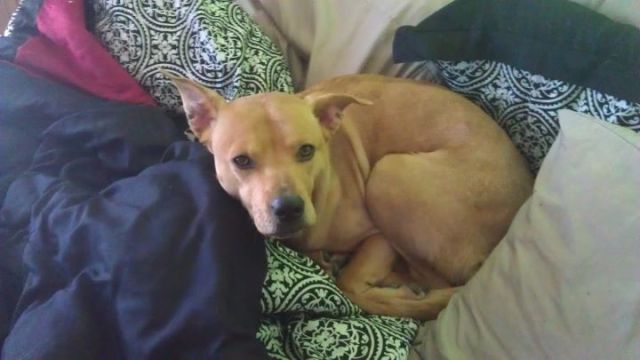 why now?
Question
my dog
I have a 2 year old dog, that mo
why now?
Question
my dog
I have a 2 year old dog, that mo
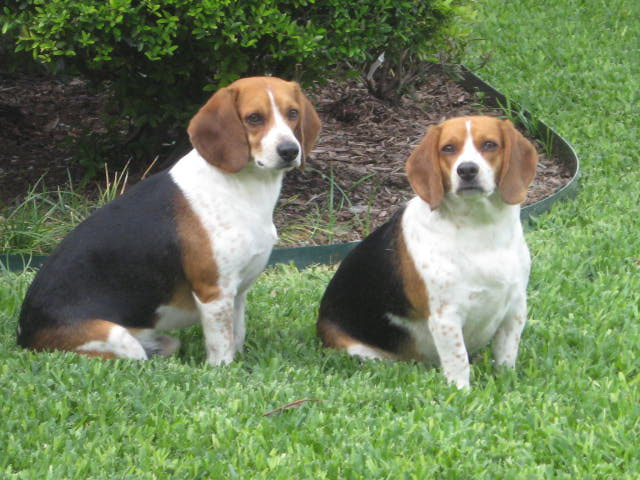 Dry Dog Foods
Question
Prince Duke & Princess
I have two B
Dry Dog Foods
Question
Prince Duke & Princess
I have two B